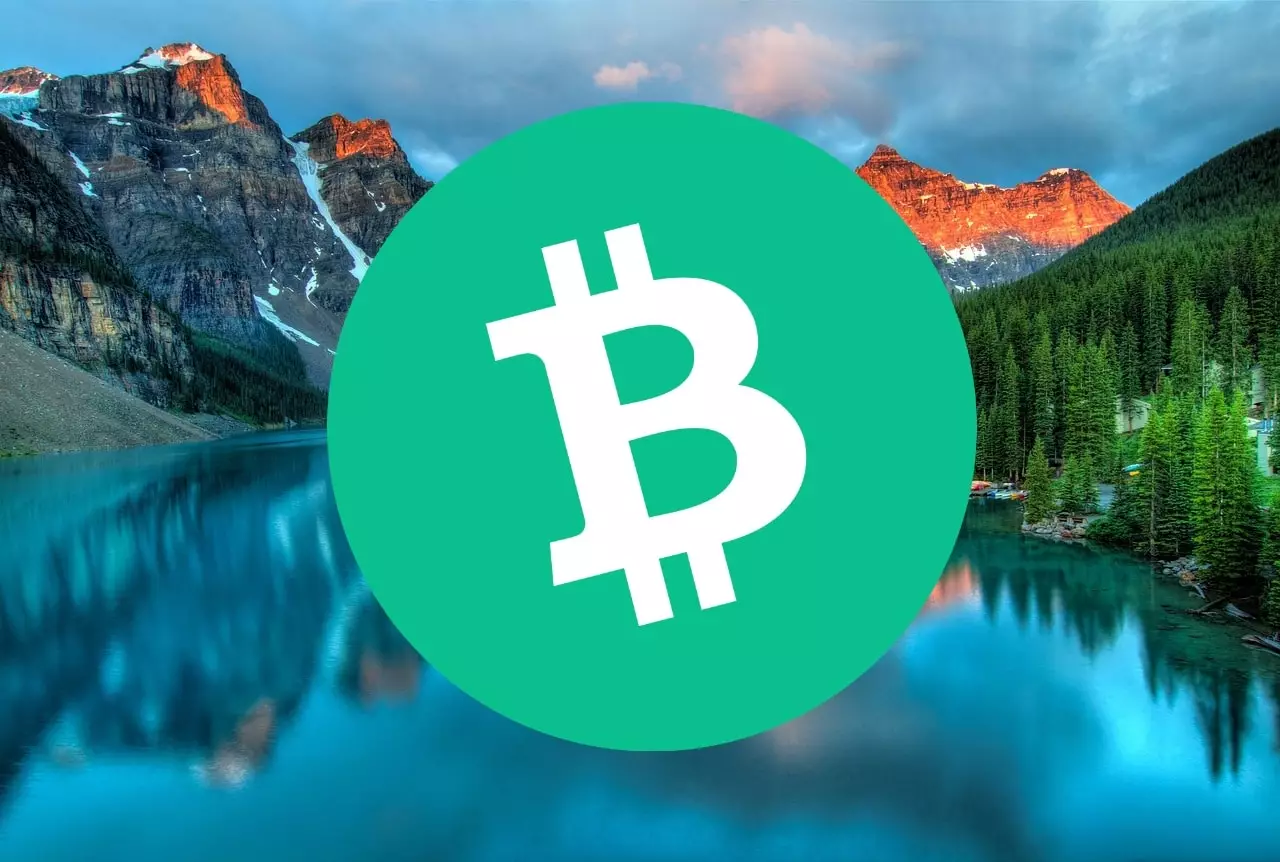Bitcoin Cash (BCH) has been experiencing a decline in enthusiasm as its price dropped by 20% in the last seven days, reaching $484 at the time of writing. This downward trend mirrors the movement of the overall market, with leading cryptocurrency Bitcoin also facing a 9% decrease over the past week. The recent turmoil in the Middle East following an Iranian attack on Israel further fueled the sell-off, although the pace of decline has since subsided.
Despite the recent setbacks, both Bitcoin and Bitcoin Cash have seen a positive turn in the last 24 hours, with BTC and BCH gaining 5% and 7% respectively. This increase in activity comes ahead of Bitcoin’s quadrennial halving event scheduled for Saturday, where mining rewards will be halved through a software update. Historically, Bitcoin has experienced price surges following previous halving events as demand outstripped the reduced supply. However, there are concerns that the impact of this year’s halving may already be factored into the current price.
Divergent Paths of Bitcoin and Bitcoin Cash
An analysis of BCH’s price chart over the past three months reveals a divergence from Bitcoin’s trajectory. While both initially rallied together in early March, BCH experienced a separate rally towards the end of the month, independent of Bitcoin’s movement. This divergence reflects the unique market dynamics and investor sentiment surrounding Bitcoin Cash as compared to its predecessor.
Bitcoin Cash and Block Size Debate
The origin of Bitcoin Cash can be traced back to a split within the Bitcoin community over the implementation of larger block sizes through Bitcoin Improvement Proposal (BIP) 91. Advocates of Bitcoin Cash believed that bigger block sizes would enhance transaction processing speed, making it more suitable for payments. However, the need for increased mining power to support larger blocks posed challenges for decentralization, limiting mining opportunities to entities with significant resources.
The uncertainty surrounding Bitcoin’s upcoming halving event underscores the inherent volatility of the crypto market. While established projects like Bitcoin, Ethereum, and XRP may offer relative stability, investing in cryptocurrencies remains a speculative endeavor. Nonetheless, the growing ecosystem of blockchain-based applications and projects continues to show promise for future growth and innovation.
One emerging sector within the crypto space is GambleFi, which combines gaming and decentralized finance (DeFi) elements. The recent launch of Solana GameFi token Mega Dice (DICE) through an initial coin offering (ICO) has garnered significant interest, raising over $300,000 in its early stages. DICE serves as the native token for Mega Dice’s Telegram-based crypto casino, offering unique benefits such as staking rewards, airdrop prizes, and NFT bonuses. This development highlights the evolving landscape of blockchain applications and the diverse opportunities within the crypto industry.


















